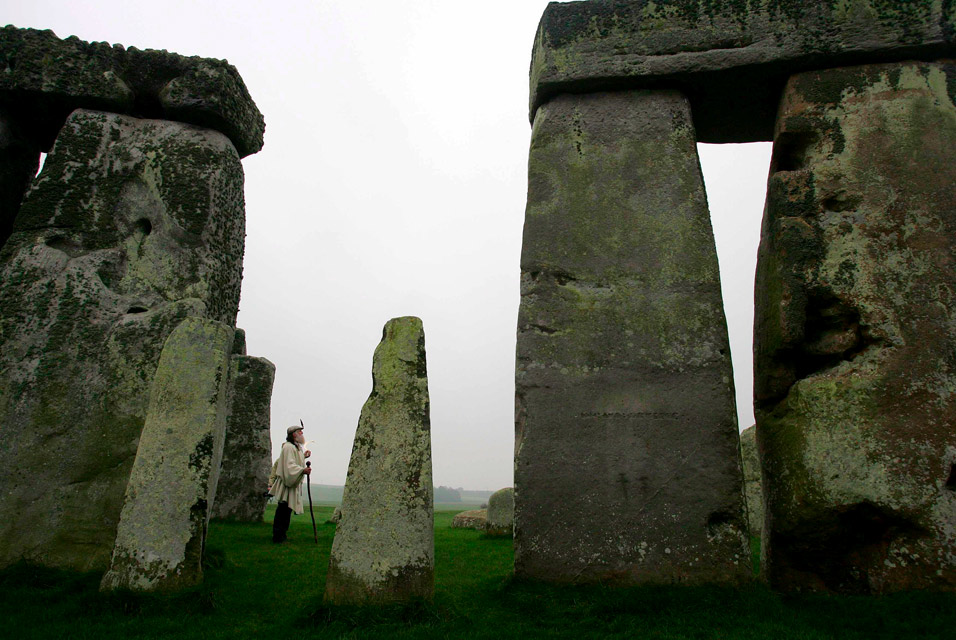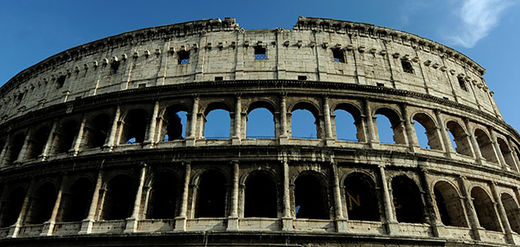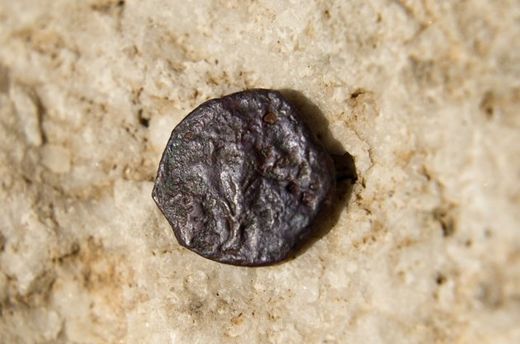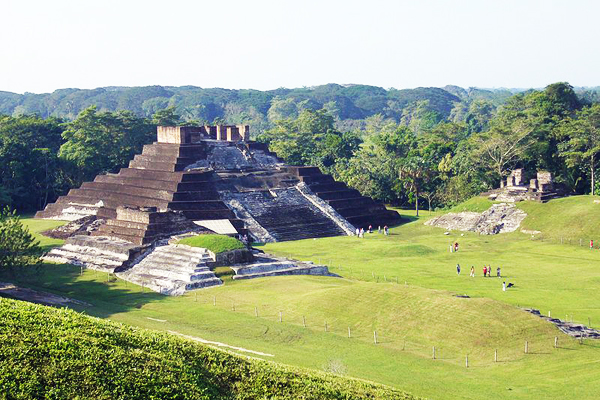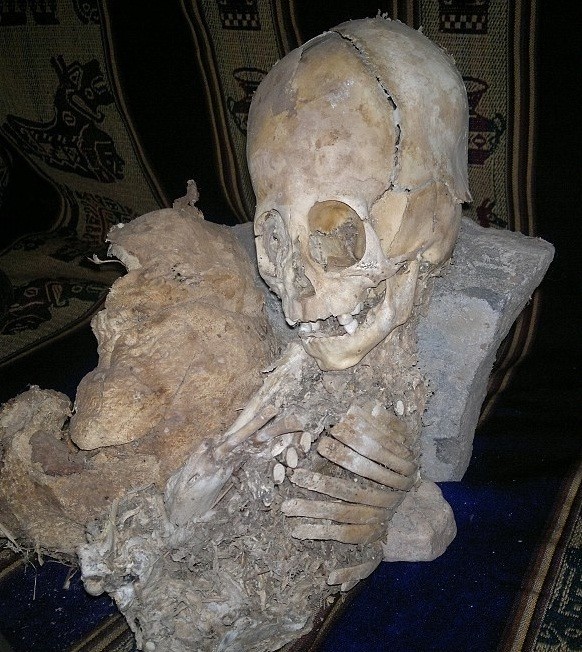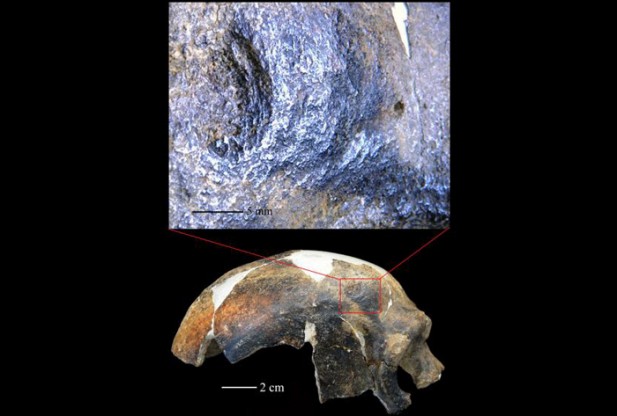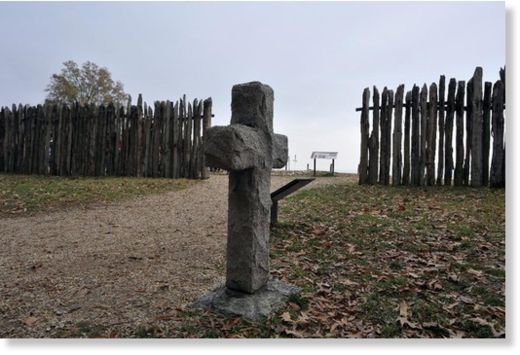
In 1614, Pocahontas was "married right here, I guarantee," Kelso told AFP at the Jamestown, Virginia archeological site southeast of the nation's capital.
Near the James River, on May 14, 1607, a group of about a hundred men landed on commission from England to form the first colony in the Americas.
"It's fantastically exciting and significant because Jamestown is usually depicted -- the whole early settlement depicted -- as it was carried out by lazy gentlemen who wanted to get rich quick, and go right back to England."
The area was carefully excavated to reveal several large post holes 6.5 feet (two meters) deep and the trace remnants of four graves.
Two other Protestant churches are thought to have been built before, but left no trace, and remains of a Catholic church were also found in Florida -- but Kelso is sure this one is the oldest left.
